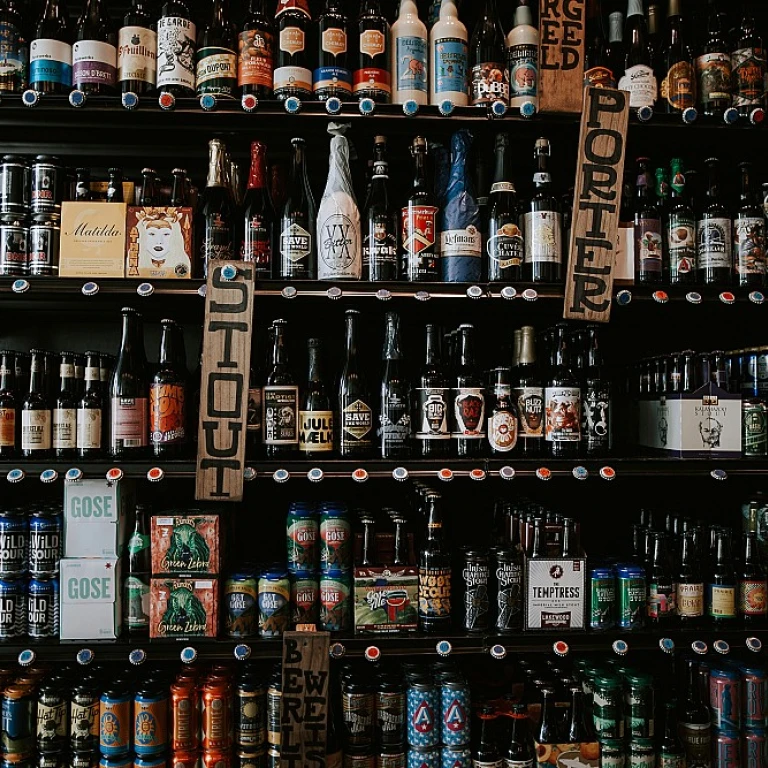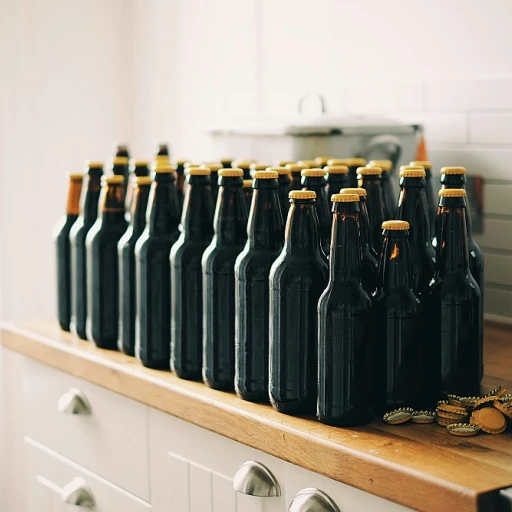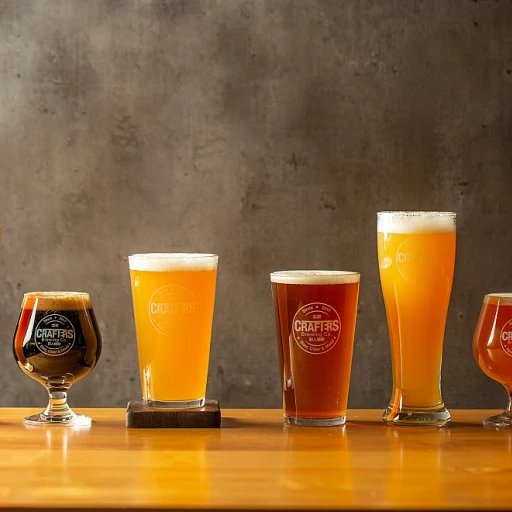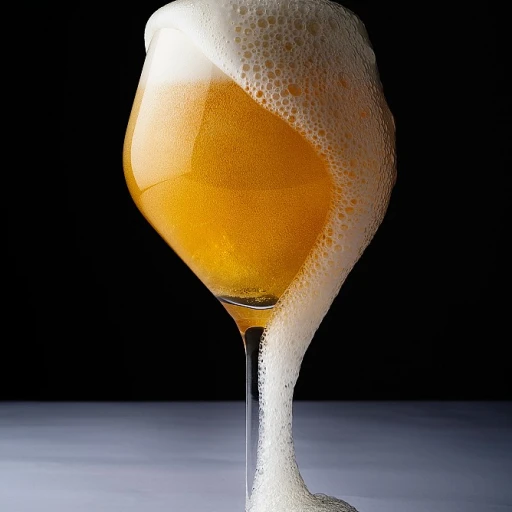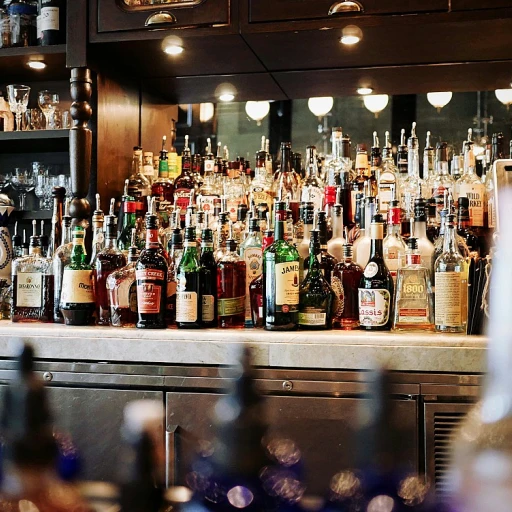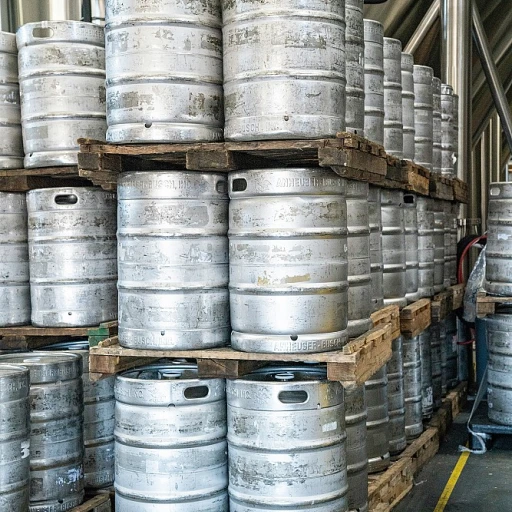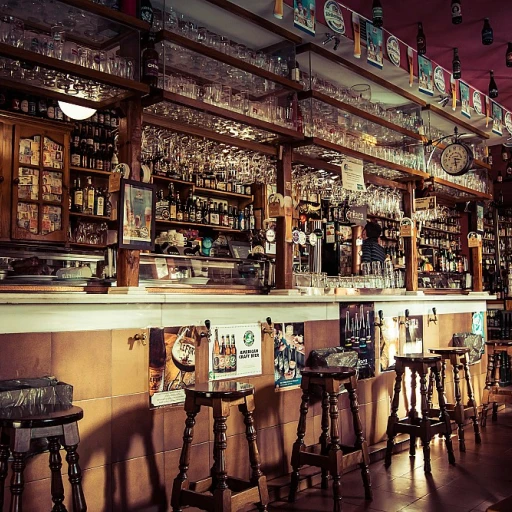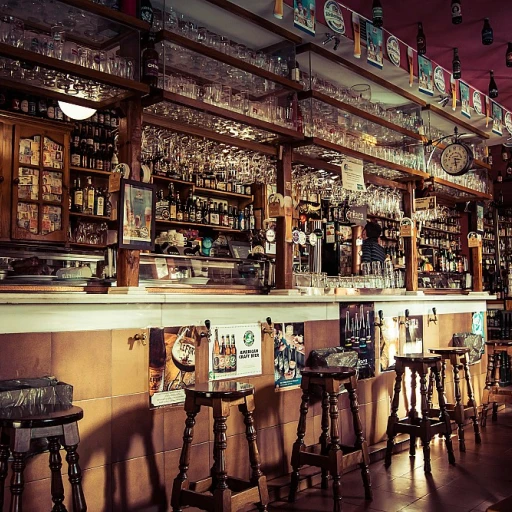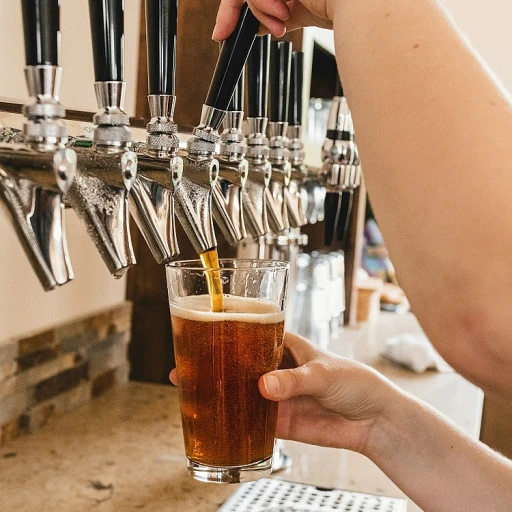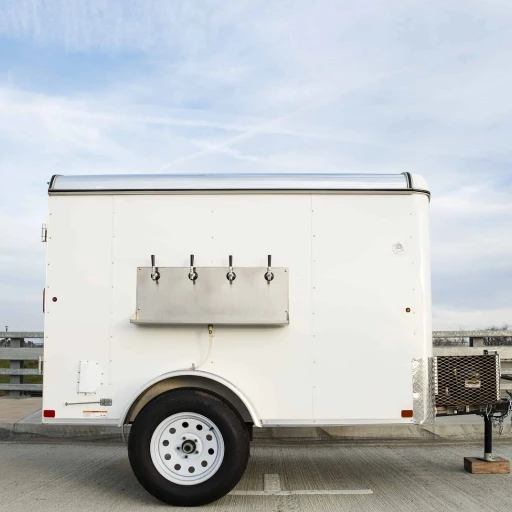
The Origins of IPA and Pale Ale
The fascinating journey from pale ale to IPA
The story of India Pale Ale (IPA) and Pale Ale is an intriguing part of beer history that highlights the rich traditions and innovative adaptations within brewing. Understanding the origins of these two popular beers is essential to appreciate their distinctive characteristics and the reasons for their prominence in the craft beer scene today. Pale Ale, a term that dates back several centuries, originally referred to beers brewed with predominantly pale malts, giving the beer a lighter color compared to the darker brews common at the time. Originating in England, Pale Ale became a hit amongst beer enthusiasts, favored for its balanced flavor profile and moderate hop bitterness. It was quintessentially English, emphasizing simplicity and drinkability. IPAs, on the other hand, have an adventurous past linked to the British Empire's expansion into India. In response to the need for beer that could withstand the long journey from England to India without spoiling, brewers amped up the hops. This natural preservative ensured the beer’s longevity and inadvertently gave birth to a new style that quickly gained favor for its bold flavor and aromatic appeal. To further explore the roots of IPA, check out this article on the Guinness IPA world. These historical threads weave into today’s myriad styles that continue to captivate beer lovers globally. They also set the stage for different flavor profiles and brewing techniques, which you’ll see in the subsequent sections of this exploration.Flavor Profiles: What Sets Them Apart
Distinctive Taste Sensations
When it comes to understanding what sets IPAs (India Pale Ales) and Pale Ales apart, flavor profiles play a crucial role. These two styles of beer, although related, offer unique taste experiences due to their varied ingredients and brewing processes.
Hops Galore: IPAs are renowned for their intense hop-forward character, which translates into bold, often bitter flavors. They frequently exhibit notes of pine, citrus, or tropical fruit, resulting from the generous use of hops during the brewing process. This is one of the defining elements that makes an IPA an IPA. For those who are curious about enhanced flavors, exploring the double dry hopped IPA experience offers insights into this unique brewing method and its impact on taste.
Balanced Malts: Pale Ales, on the other hand, generally present a more balanced flavor profile. While they certainly use hops in their recipes, the malt profile tends to be more prominent, providing a slight sweetness that complements the bitterness of the hops. This balance results in a smoother and easier-drinking experience compared to the robust nature of IPAs.
For both beer styles, the diverse array of hops and malts available allows brewers to experiment and craft a wide range of flavors, making each IPA or Pale Ale distinctly different. Whether you prefer the complex and vibrant punch of an IPA or the harmonious blend found in a Pale Ale, there's an entire world of flavors waiting to be explored.
Exploring Different Styles
Venture into the Various Styles
When it comes to exploring the diverse array of beer styles within the IPA and pale ale categories, there's a multitude of options to satisfy every palate. While both are rooted in rich traditions and histories, their evolution has led to an incredible variety for beer enthusiasts to enjoy.
Within the IPA world, there are distinct styles like the hazy New England IPA, celebrated for its juicy, fruit-forward character. On the bitter end of the spectrum, you have the traditional West Coast IPA known for its piney, resinous notes and clean finish. These styles offer contrasting experiences stemming from variations in hop usage and brewing techniques.
Pale ales, on the other hand, provide an inviting range from the hoppy American Pale Ale to the more balanced English Pale Ale, each delivering unique interpretations of malt and hop character. These variations provide a gentler approach to the sometimes aggressive hop bitterness found in IPAs, making them perfect for those who favor subtlety and balance.
Exploring the world of these styles can be an exciting journey, akin to delving into traditional brews from around the globe, like those using unexpected ingredients such as maize in chicha crafted in South America. Embracing this diversity not only enhances your appreciation for beer but also opens the door to a world of new tastes and experiences.
Alcohol Content and Brewing Techniques
Variations in Alcohol Levels and Beer-Making Methods
When delving deeper into the world of IPAs and Pale Ales, you'll find that alcohol content and brewing techniques can vary significantly and play a crucial role in shaping their distinct identities.- Alcohol Content: Typically, IPAs boast higher alcohol by volume (ABV) compared to their Pale Ale counterparts. This is due in part to the IPA's historical roots, where hops and alcohol levels were increased for preservation during long sea voyages. On average, expect IPAs to range from about 5.5% to upwards of 7.5% ABV, while Pale Ales generally hover around 4.5% to 5.5%.
- Brewing Techniques: The brewing process itself, while sharing similarities, features distinctions that help define these two styles. IPAs often require a more substantial hop addition, added at various stages during brewing to achieve intense aroma and bitterness. Additionally, dry hopping is frequently used in IPAs to accentuate aroma without adding bitterness.
Choosing the Right Beer for You
Finding Your Perfect Brew
When it comes to selecting the right beer for your tastes, understanding the distinctions between IPA (India Pale Ale) and pale ale is key. The decision often comes down to personal preferences in flavor, aroma, and intensity.- Consider the Flavors and Aromas: If you enjoy bold, hoppy flavors with a complex bouquet that highlights floral, citrus, and pine notes, an IPA might be your go-to. This option is ideal for those who appreciate a more intense beer experience, likely stemming from the punchier hop profiles discussed earlier.
- The Right ABV Level: Alcohol content can also play a role in your choice. IPAs typically have a higher ABV compared to pale ales, providing a more potent option for those seeking a stronger buzz. Conversely, if you're after a more sessionable beer without compromising on flavor, pale ales offer a balanced alternative with a moderate ABV.
- Styles and Variations: Both IPAs and pale ales come in a variety of sub-styles, each with unique characteristics. From the session IPA for lighter takes to the robust double IPA, and the American pale ale with subtle malt presence to the hop-forward English pale ale, there are countless options to explore.

